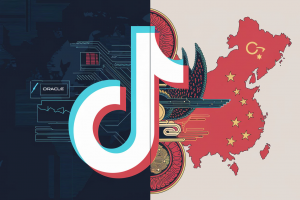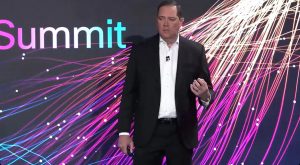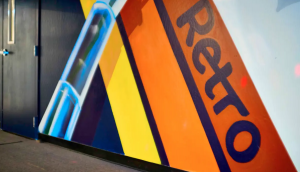Motorola Buys 4Home…a Sign of Things to Come in #SmartGrid?
Yesterday, Motorola announced that they’re acquiring 4Home, one of the industry’s leading software solutions for the connected home. In addition to being really good guys, the 4Home team has done a great job building out a very cool platform for a number of home applications, including energy management.![]()
At first pass, I said "A cell phone company is acquiring a team that does set-top and embedded device work? What the heck?" Then I quickly remembered that Motorola bought GI about a jillion years ago. I still can’t get used to saying "Motorola" when talking about GI, nor do I readily say "Cisco" when I actually mean "Scientific Atlanta". Then again, Motorola’s lost enough brand equity in cell phones that I’ve regressed to thinking of them as a military radio purveyor, but hey.
Anyway…
I love this deal. While I’m skeptical based on Motorola’s stock performance the last three years as to whether this was a good deal for 4Home (although in this market, any exit is a good exit), this could be the lever that really gets Smart Grid platforms rolling, particularly for those operators under the CableLabs umbrella. Motorola/GI and Cisco/SA have at least a hundred million set-top boxes installed in the U.S. alone…which could be one helluva Trojan horse. If Motorola can demonstrate to their operator customers that they’ve integrated a lightweight software platform from 4Home, you could see a very rapid ramp-up of managed service provider offerings for energy management and home security & automation.
Why? Well, the math is pretty compelling for a third party service provider (let’s say Comcast) to offer me a home energy management system (HEMS) based on a set-top box which is already in my home. If I take that set-top box and bridge it into my home network (either via my cable modem or via a built-in comms port like MoCA or Ethernet), I can now readily view and control the energy consumption of the devices in my home, all via my TV or a smart phone application–with no new hardware cost for me as a customer, or for my service provider. Simply by downloading new software onto my existing set-top, I’d end up with a form of consumer Energy Services Interface (ESI), functioning as the heart of my HEMS.
Would it be perfect? Unlikely. My Comcast EPG sucks, and the fact that my dual-tuner box can’t do picture-in-picture in 2010 is mind-boggling (particularly since my UltimateTV box designed in 1997 did so, with a fantastic UI to boot), but I’ll take the good with the bad. Frankly, it’s also likely that a significant number of those hundreds of millions of set-top boxes would be resource-constrained, unable to run the 4Home software stack, no matter how light that software load might be.
Regardless, the pay-TV and telecommunications markets have talked about convergence for many years. Yesterday, one of the world’s biggest players in the set-top box space took a significant step towards hastening convergence between consumers, communication, control, and energy.
Your move, Cisco.
[Cross-posted at (hā-kōōp’)
A message from John Furrier, co-founder of SiliconANGLE:
Your vote of support is important to us and it helps us keep the content FREE.
One click below supports our mission to provide free, deep, and relevant content.
Join our community on YouTube
Join the community that includes more than 15,000 #CubeAlumni experts, including Amazon.com CEO Andy Jassy, Dell Technologies founder and CEO Michael Dell, Intel CEO Pat Gelsinger, and many more luminaries and experts.
THANK YOU











